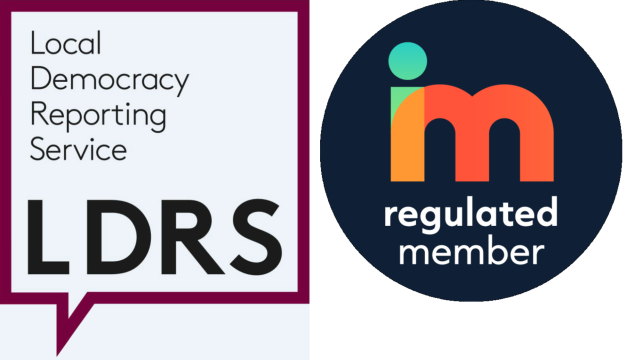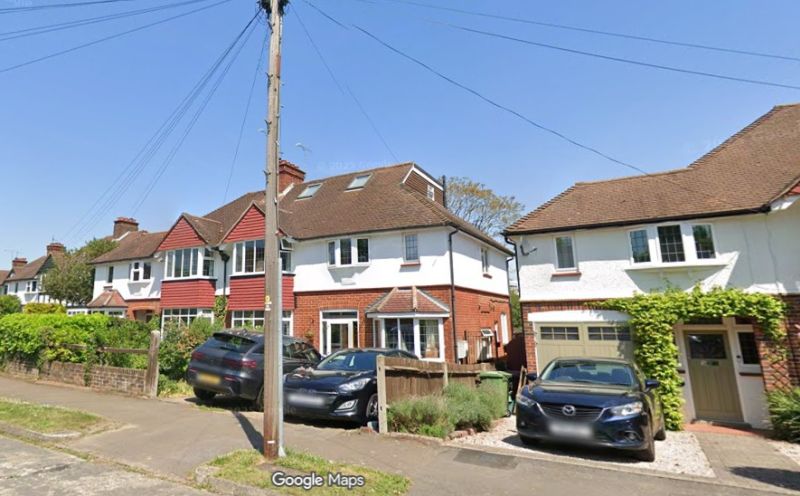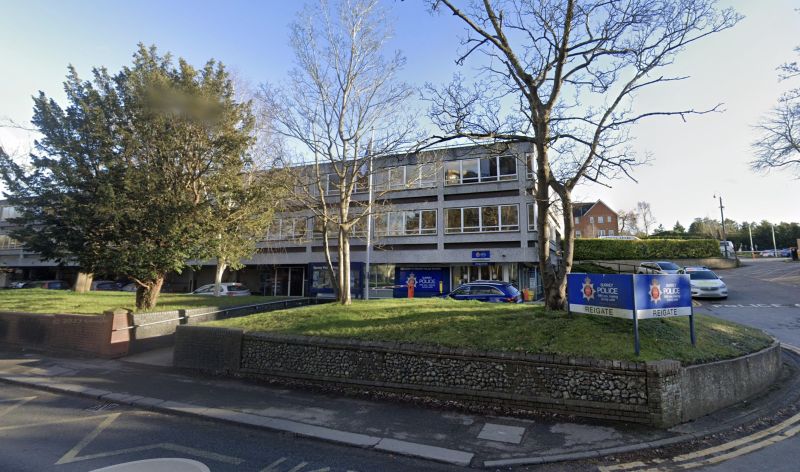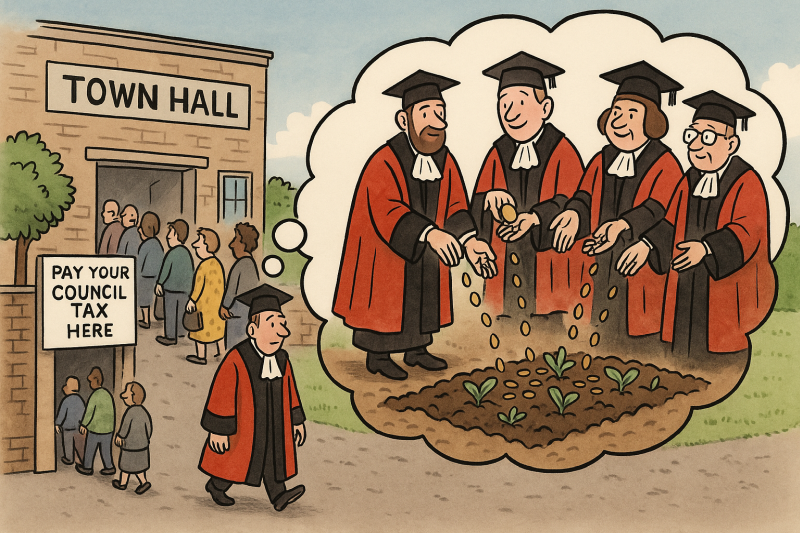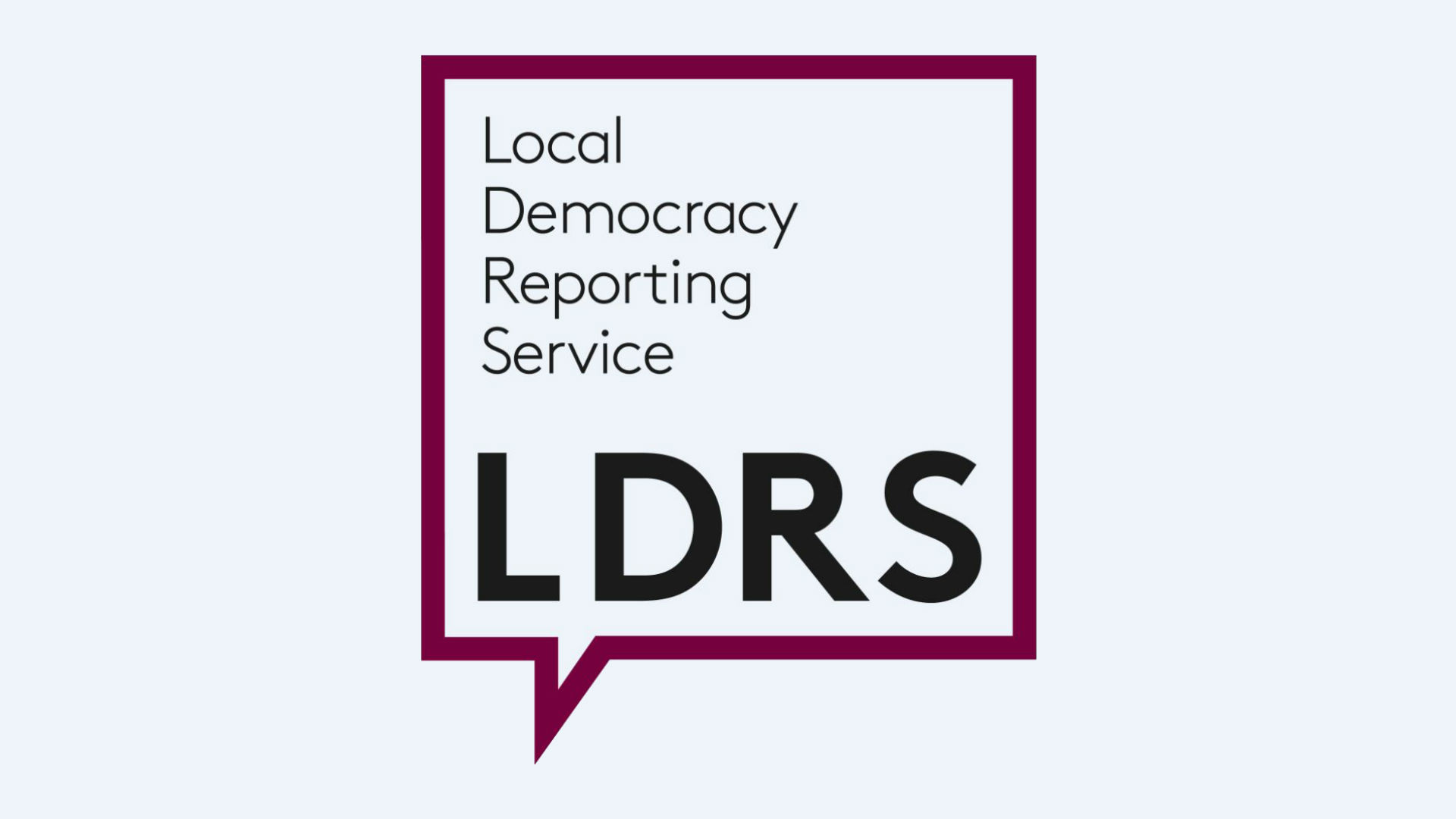Who will be saddled with Spelthorne’s and Woking’s £3 billion debts?
The Surrey Borough of Spelthorne’s financial crisis is “even more critical”, with millions in cuts needed to avoid catastrophic bankruptcy, says new report.
Best value inspectors were called in to review the council’s finances in May 2024 in light of extremely high levels of debt and borrowing. Spelthorne’s debt reached £1.096 billion in March 2023 – the second highest level of debt for a district council in England at the time.
The findings of the inspection have been published today (March 17). The report highlights that the council “is in a critical financial position, burdened by unsustainable debt levels, significant investment risks, and systemic governance weaknesses”.
Between 2016 and 2018, Spelthorne Borough Council borrowed around £1 billion to invest in a commercial portfolio of Grade A office buildings and residential land in and around the borough. But slow progress on regeneration and housing projects highlights a limited understanding of regeneration delivery as well as finance and risk, the inspectors said.
Best Value Inspectors concluded: “The council’s use of its resources is inadequate”. In the damning report, they said Spelthorne’s approach to property acquisitions “lacked due regard to long-term planning and risk management” and had an “overly-optimistic reliance on consistency” of the market that the Council first entered.
The report said: “The combination of voids, expiring leases, and falling income streams from the investment portfolio threatens the stability of its budget. Adding to the strain are the ongoing revenue costs of housing and regeneration projects, which were suspended in late 2023. Despite these mounting financial pressures, no clear path forward has been outlined to address them.”
The recovery process will be overseen by government-appointed commissioners. Minister of State for Local Government and English Devolution, Jim McMahon, wrote to leader Cllr Joanne Sexton to say the local authority is failing in its ‘best value’ duty to residents, essentially meaning the authority is defecting on its ability to make decisions that are economic, efficient and effective and work towards continuous improvement.
Inspectors said the council has a “poor record” of fully and effectively implementing recommendations from external reviews. The report read: “Senior officers display an optimism bias and a lack of awareness of the true situation facing the council. We do not believe the council has the capacity and capability to make the urgent changes needed without significant external support.”
Both the inspection and the recent external audit found errors in the council’s financial practices including the miscalculating the minimum amount Spelthorne needs to keep paying back its debt, incorrectly classifying expenses as assets, further undermining the revenue budget.
“The outline budget report for 2025/26 to 2028/29 presented to members on December 9, 2024 shows the need to deliver £8.6 million in savings by 2028/29, equating to 64 per cent of the council’s core spending power for 2024/25, or 33 per cent of the net budget, assuming contributions from commercial income. In our view, even these projections are understated. Despite this, we have seen no credible strategy in place to achieve savings of this level,” said the report.
Leader of Spelthorne Borough Council, Cllr Joanne Sexton, said, “This Group Administration has faced a challenging time and has been actively pursuing the right solution to manage the historical debt that it has inherited. We have met with the Local Government Minister from central government, and we have agreed to work in partnership to take decisive action in the remaining time we have before local government reorganisation is implemented. Our pledge remains that we will always put residents at the heart of everything we do.”
The council’s senior management team also came in for criticism in the report. Inspectors said the team seemed “overly confident” and “appear to underestimate the scale of the financial risks”. Member challenges remain “limited” according to the report, with many councillors not fully understanding the risks at hand. Inspectors highlighted there was a “wider breakdown” of relationships between senior management and the political leadership.
The findings of the inspection highlight the council is failing to meet best value standards in five critical areas:
- Use of Resources;
- Continuous Improvement;
- Governance;
- Leadership;
- Culture.
Inspectors have published thirteen recommendations for Spelthorne:
- Commissioner-led intervention
- Comprehensive commercial strategy
- Review and strengthen asset management
- Review of the Council’s Minimum Revenue Provision
- Revised Medium-Term Financial strategy
- Debt reduction strategy
- Transformation strategy development
- Review and strengthen finance function
- Improvement and recovery plan
- Revised Corporate Plan
- Audit Committee structure
- Culture and relationship building
- Housing delivery
Emily Dalton
Spelthorne Borough Council offices in Knowle Green, Staines. Credit: Emily Coady-Stemp
Chris Caulfield compares Woking and Spelthorne:
The “critical” state of Spelthorne Borough Council’s finances means it must cut at least £8.6 million from its budget by 2028. To put that into perspective, bankrupt Woking Borough Council made £8.4 million in cuts last year in an effort to right its own mess. It managed it by cutting 20 per cent of its workforce, scrapping all grant funding to community groups, and shutting services such as public toilets.
Spelthorne Borough Council’s finances are “unsustainable”, with a £1 billion pound debt and a falling income stream. It means the authority must also cut millions in services to avoid the catastrophe of bankruptcy. The damning critique of the north Surrey council’s sitation was published today, Monday, March 17, on the back of a best value review into the way the borough has been managed.
Spelthorne Borough Council, like Woking, borrowed heavily to invest in property and used the income to pay for services above and beyond what it could have otherwise afforded. And, again like Woking, it failed to put enough money aside to cover the cost of debt interest repayments.
“In essence, the council’s revenue budget is under far greater pressure than recognised by the council. Inherent risks are beginning to materialise, and could accelerate rapidly”, the Spelthorne Borough Council: Best Value Inspection report read.
It comes as the government confirmed it was proposing an intervention package, including appointing commissioners to oversee changes in how Spelthorne Borough Council is run because the borough lacks experience needed to make the cuts and had “no credible strategy in place to achieve savings of this level.”
Spelthorne has to shed £8.6 million from 2028/29 budget. Last year Woking Borough Council – the only local authority with a higher per capita debt than Spelthorne – achieved £8.4 million in savings.
This is how residents and commuinty groups in Woking were affected. It is being used to paint a picture of what cuts at that scale look and feel like
How Woking achieved its savings.
- Centres for the community and day care facilities closed and merged
- Sports pavilions transferred to sports clubs to take over and “ensure as many of these facilities can remain open”.
- Grants to voluntary and community groups stopped
- Woking Community Transport reduced but reviewed annually as part of the council’s Medium-Term Financial Strategy.
- Grounds maintenance and street cleaning services scaled back to statutory levels.
- Independent living and family services transferred to Surrey County Council or other boroughs, which means they will continue to operate as normal with no impact to services users.
- Business liaison and support services will be scaled back
- All public toilets closed, except those located in Victoria Place and Wolsey Walk in Woking Town Centre.
- Fees and charges increased
- Loss of up to 60 council staff
- Council tax was also increased that year by 10 per cent. Since then it has risen by a further 2.99 per cent.
Related reports:
Who will be saddled with Spelthorne’s and Woking’s £3 billion debts?
Could Woking’s debt be shared by you after reorganisation?
What Epsom could do with Woking’s £75 million bail out?
Ex-Council Officers under investigation for Woking’s £2 billion debt
Will Epsom and Ewell be bailing out Woking?
No wonder Woking went bankrupt. Scandal of private school loans

